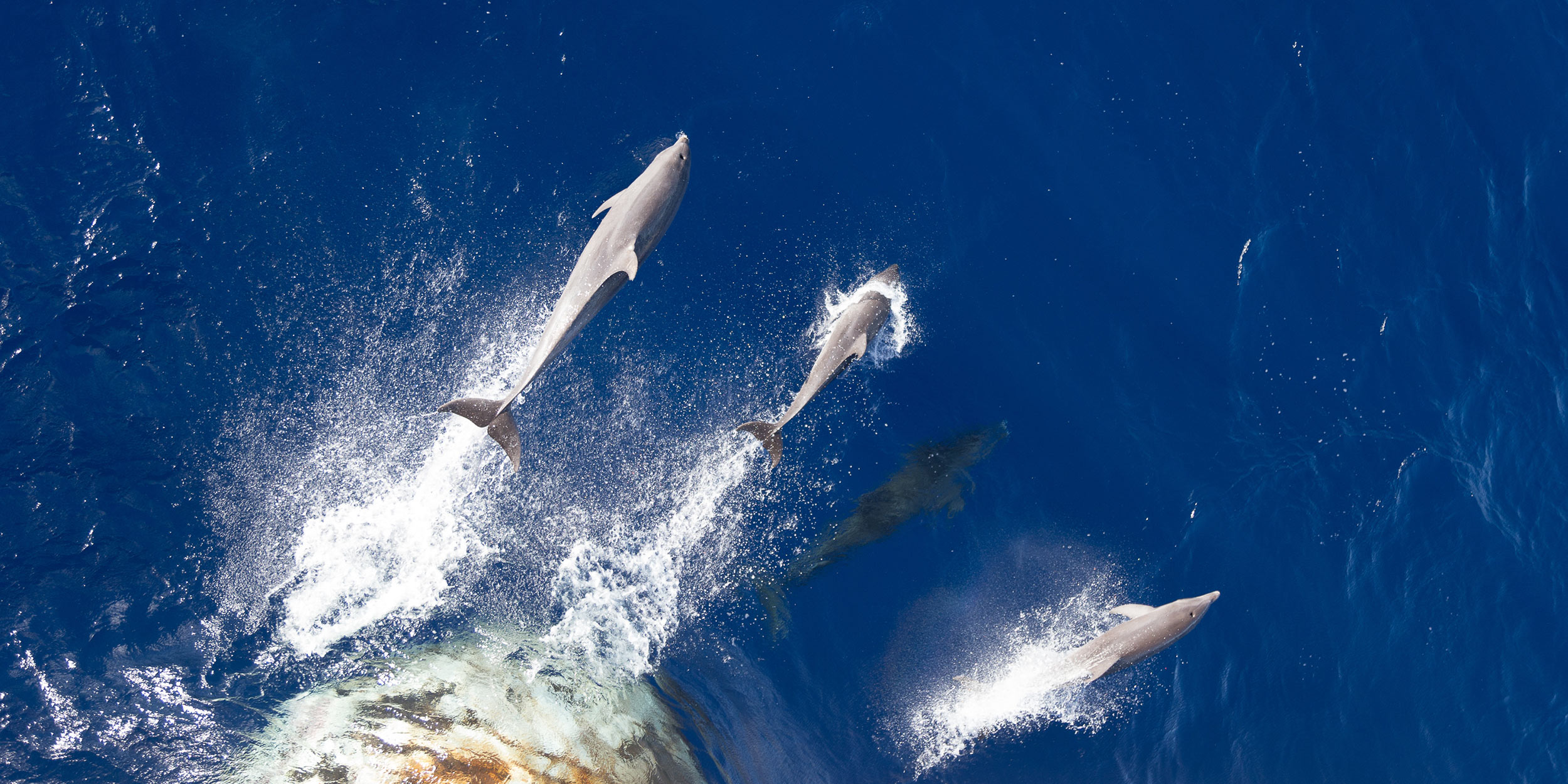Transoceanic Cruises
Be immersed in the sights, sounds and science of the sea.
Transoceanic Expedition Cruises
Deep dive into the wonders of the sea on a science and relaxation focused transoceanic cruise. Come with us on a journey of scientific discovery at sea learning with our Expedition Team, and unwind in the serenity of the open ocean.
Transoceanic cruises
Choose from a range of transoceanic cruises lasting between 10 and 20 days to enrich your mind and unwind on an unforgettable journey across the ocean.
Activities
Enjoy hands-on workshops and lectures covering topics like marine biology, conservation and sea navigation. Participate in Citizen Science projects, discover hidden ecosystems with the microscope in the onboard Science Center, and indulge your creativity with arts and crafts workshops.
Join your Expedition Team for lectures, demonstrations, experiments and wildlife observations in the Science Center and out on deck.
Wildlife
Look out for bird and marine life as you sail. You might see whales, dolphins, porpoises and sea turtles. And see if you can spot gulls, frigatebirds and boobies, which are among the seabirds that can cross the ocean.
An educational experience
Get hands on as you learn about marine biology and sea navigation through environmentally focused activities and workshops.
Ocean wildlife
As you enjoy the activities on your transoceanic cruise, keep a lookout across the surrounding ocean. Turtles, dolphins and whales can sometimes be seen in the waters, while seabirds are plentiful, especially around land. Overhead, look for the Audubon’s Shearwater and the Brown Noddy. In open, tropical waters, you might spot sea turtles swimming among the mats of golden sargassum seaweed.

First-class amenities
Our expedition ships come with a Science Center, hot tubs, gym, and restaurants serving delicious, healthy meals. And MS Fridtjof Nansen has an onboard wellness area where you can indulge in optional spa treatments.
Transoceanic Expedition Team
You’ll get to know your Expedition Team well on our transoceanic voyages. Made up of marine biologists, oceanographers and naturalists, they’ll engage you with talks, activities and workshops. You’ll learn in-depth about the ocean currents, their effect on the climate and marine ecosystems.

Make a difference
As we cross the ocean, we focus on the subjects of marine conservation and sustainability. Learn how you can make a difference by participating in activities and our Citizen Science programme.